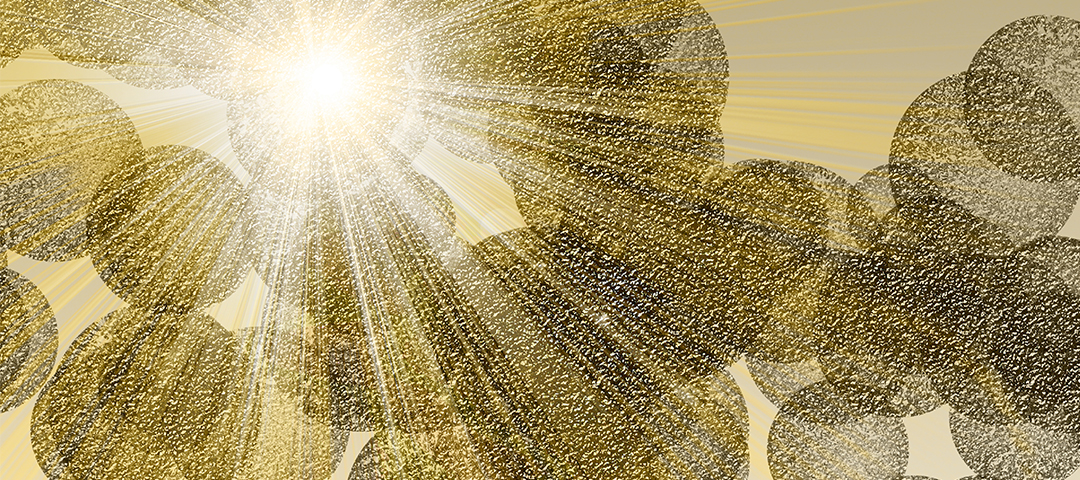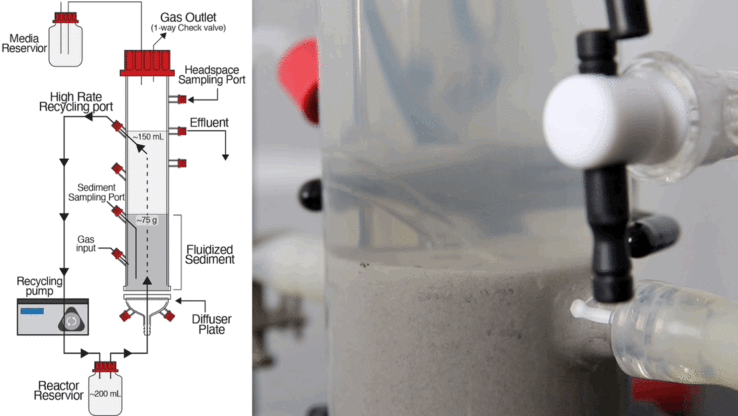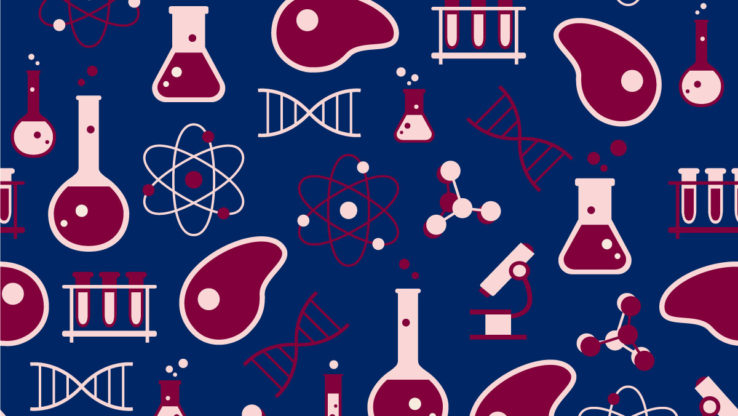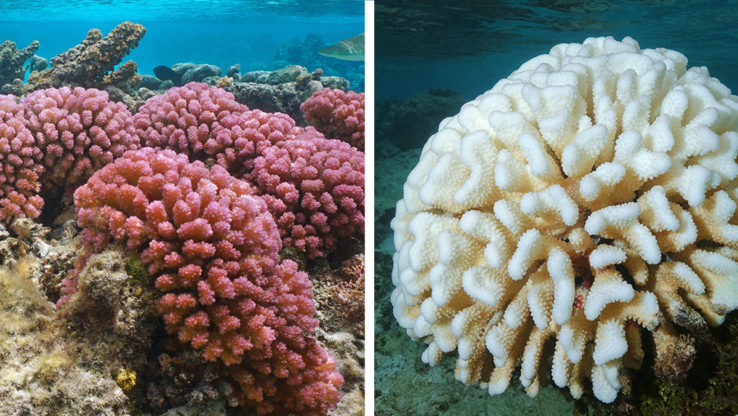This is an excerpt from Environmental Microbiology Reports, 2015, authored by Arjun Raman, a postdoc in the Baliga Lab here at Institute for Systems Biology.
The beauty of a living thing is not the atoms that go into it, but the way those atoms are put together. Information distilled over four billion years of biological evolution. Incidentally, all the organisms on the Earth are made essentially of that stuff. An eyedropper full of that liquid could be used to make a caterpillar or a petunia if only we knew how to put the components together.
– Carl Sagan
Arjun V. Raman, Institute for Systems Biology, Seattle, WA, USA.
Nitin S. Baliga, Institute for Systems Biology, Seattle, WA, USA and Departments of Biology and Microbiology and Molecular and Cellular Biology Program, University of Washington, Seattle, WA, USA, and Lawrence Berkeley National Lab, Berkeley, CA, USA.
It may seem strange to begin a prognostication for microbiology with a quote from an astronomer, but the two topics are more closely linked than appears at first glance. For starters, both fields were revolutionized around the same time, in the 17th century, with drastic improvements to the telescope and the compound microscope. These two simple human technologies were not invented to discover the unknown, but instead to look more closely at things we could already see with the naked eye. Their unintended consequence, however, was an unveiling of hidden worlds within and between everything we thought to exist. Indeed, new optical devices revealed that invisible organisms, like celestial bodies, are so ubiquitous that they far outnumber the visible in terms of abundance. They exist in essentially every environment we have dared to look, including the surfaces of other organisms.
A more profound connection between the study of microorganisms and that of the cosmos, however, is ideological rather than technological and relates to a decidedly human interest: origins. The origins of life and the Earth are interwoven and have been pondered for millennia. As the quote above indicates, we have a good idea what these things are made of. Atoms, born in exploding stars, are the building blocks of everything we can describe, including all the molecules of living beings as well as the planet where they reside. Yet, the ever-expanding parts list of nucleic acids, proteins and lipids that comprise organisms does not offer a satisfying explanation of how organisms are constructed, let alone what it means to be alive. A wall of complexity has been reached in the practice of biology, and current efforts to scale that wall are largely directed towards reconstruction of all the parts from a sea of information. In order to glimpse the beauty of life, our immediate future will revolve around trying to discover and define all the connections between all the parts in all different circumstances. Read the rest of the article…
Acknowledgments
The authors would like to thank the US National Science Foundation (Grant numbers: MSB-1237267, DB-1262637 and MCB-1330912), the US Department of Energy (Contract numbers: DE-AC0205CH11231, DE-SC0004877 and DE-EE0006315) and the US National Institutes of Health (Grant number: 2P50GM076547) for supporting the research efforts that are the basis of this article. 12 Crystal ball
Environmental Microbiology Reports (2015) 7(1), 11–12 doi:10.1111/1758-2229.12225
© 2015 Society for Applied Microbiology and John Wiley & Sons Ltd



 isbscience.org/research/a-universe-under-the-microscope/
isbscience.org/research/a-universe-under-the-microscope/





